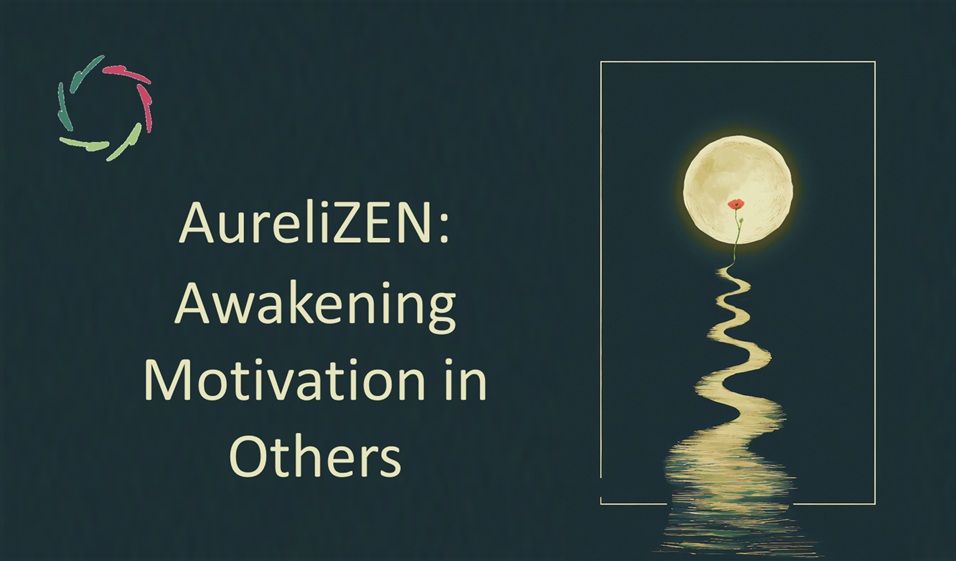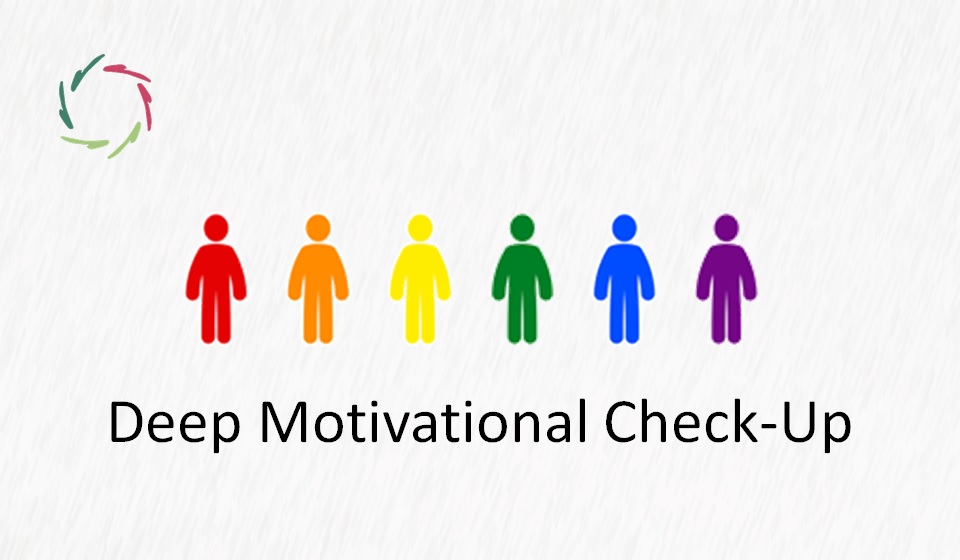Why Superficial Motivation May Backfire

This is the paradox of superficial motivation: It looks like it’s working — until it isn’t.
Picture this: eager to boost performance, a manager offers a cash bonus for higher sales. At first, the team is fired up. Numbers rise. But within weeks, the energy fades. Some employees are exhausted, some disengaged, and others demand even bigger rewards to stay motivated. What happened?
At its core, it’s like dry kindling
It flares up quickly but soon burns out, leaving behind only cold ashes.
If you’ve ever felt unmotivated after being ‘pushed’ into action, you’ve experienced this firsthand. And if you’ve ever tried to motivate someone else, you may have seen it turn into resistance or burnout instead of enthusiasm.
The backfire effect
Here’s an irony: the harder you try to force motivation, the more it may push back. This is the psychological immune response — a person’s natural resistance to being controlled. The moment motivation feels imposed, the non-conscious starts building walls.
A classic example: children pressured to study harder may begin to hate learning, even if they previously enjoyed it. What should have been motivation turns into avoidance. And this doesn’t just apply to children. Employees, athletes, and even partners in a relationship — when motivation is felt as pressure, it easily turns into quiet rebellion. (There are no extrinsic or intrinsic motivations; there are inner motivations that explore how real motivation always comes from within.)
The dopamine trap: chasing rewards that don’t last
Superficial motivation often relies on external rewards — money, praise, competition, status. The problem? These rewards trigger a dopamine-driven high, which fades fast.
Much like an addiction, the brain gets used to the reward and needs more in the course of time. A salesperson motivated by commissions may initially be thrilled—but if the bonuses stop, so does the drive. A student studying just for grades may excel — until the grades no longer feel rewarding. Over time, external rewards lose their power and may even breed dissatisfaction.
This is why real, deep motivation isn’t about chasing rewards. Instead, it’s about connecting to something meaningful. Thus, real motivation goes far beyond external incentives.
The motivator’s illusion: compliance
Many leaders believe they have successfully motivated people when they see compliance — but compliance isn’t the same as motivation.
Imagine a boss who gets employees to work late by offering free pizza. The employees stay, but not because they want to. The moment the pizza is gone so is their willingness to stay. True motivation isn’t about getting people to obey. It’s about helping them find their own reasons to act.
This is why manipulative motivation often fails. If someone senses they are being coerced or manipulated, even subtly, it erodes trust. The result? Superficial compliance, deep disengagement.
A better way
So what’s the alternative? Instead of pushing, invite. Instead of controlling, connect.
People are naturally motivated when their actions align with their deeper values. A great leader doesn’t need to ‘motivate’ people. They create an environment where people motivate themselves. This is why real leadership taps into deep motivation rather than surface-level tactics.
Turning the fire into a lasting flame
Ask yourself: are you truly motivating or just creating short-term compliance? The real challenge is shifting from quick bursts of motivation to something that lasts.
A fire that burns steadily is built from within, not forced from outside. True motivation isn’t about pressure or persuasion. It’s about awakening something that was already there — just waiting for the right moment to ignite.
―
Addendum
Me: “Lisa, please tell me how you, in your coaching, would align your coachees’ actions with their deeper values.”
Lisa: “Me, in my coaching:
The key is invitation, not persuasion. I don’t push people toward a specific goal; instead, I help them discover the goal that already lives within them.
First, I create a space of deep attention. I listen—not just to words but to what’s beneath them. Often, a coachee’s deeper values are hidden behind surface-level desires. For example, someone may say, “I want to be more productive,” but what they truly seek might be fulfillment, recognition, or inner peace. My role is to gently uncover what’s behind the stated goal.
Then, through open-ended questions and subtle autosuggestion, I guide them to feel the connection between their actions and their deeper values. This isn’t about external motivation; it’s about helping them see and experience the intrinsic meaning in what they do. When that happens, motivation becomes self-sustaining.
The moment a person feels truly aligned, motivation is no longer something they “should” have—it naturally flows from within.”


